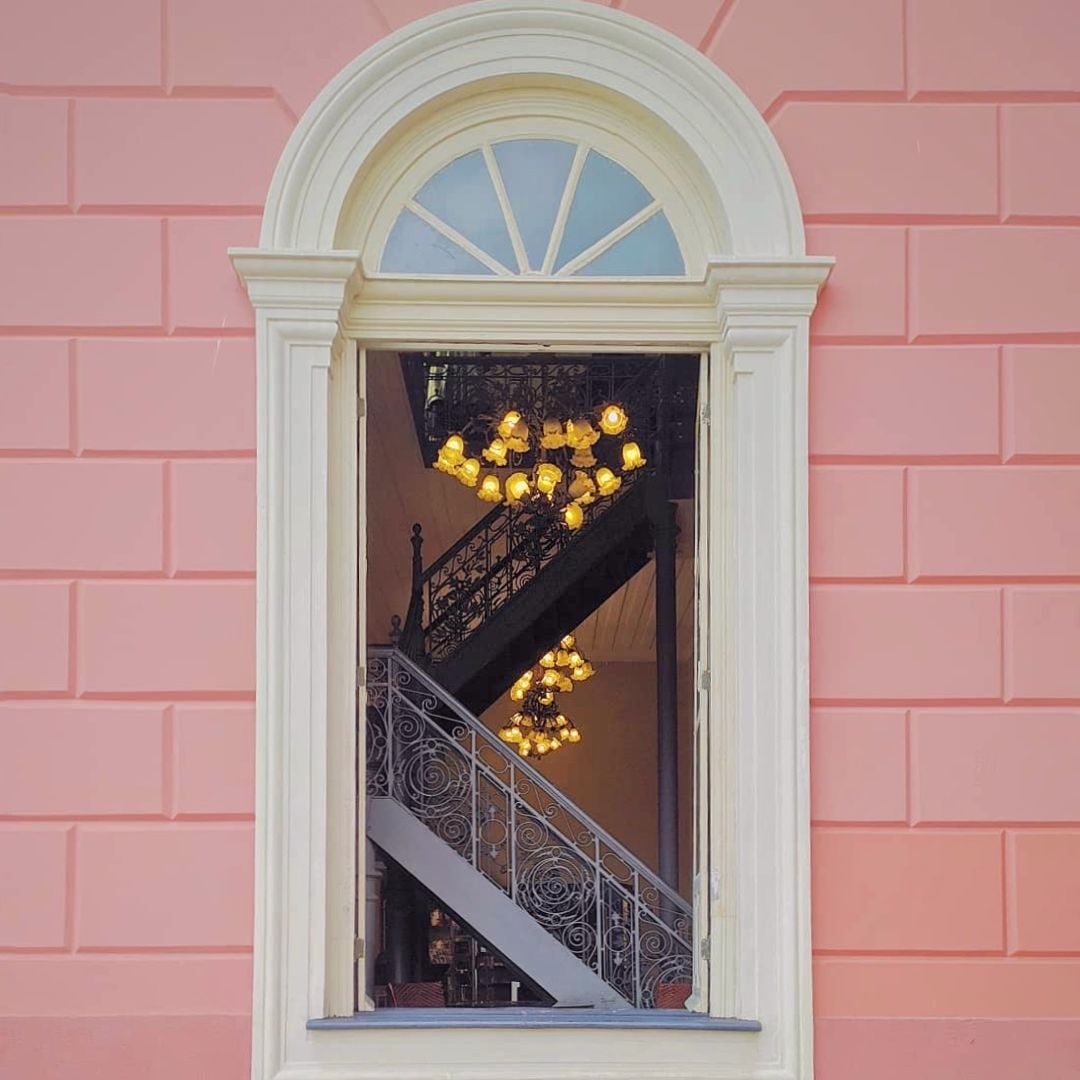Funen, Denmark
Egeskov Castle
This floating castle appears to be from an enchanted fable, but in actuality it is Europe's best preserved Renaissance water castle.

Photo Credit: Alfredo Nugent Setubal

Photo Credit: Iva Oliveira
Described as one of the most beautiful opera houses in the world, the Amazon Theatre is not a newly sponsored cultural center from your neighborhood e-commerce conglomerate – quite the opposite actually. This grandiose opera arena in the center of the Amazon Rainforest dates back more than a century and recently reopened after a short 90 year “intermission”.
You see, in the late 1800s, the world was finding practical uses for the rubber plant – from waterproofing clothes, to creating car tires & even erasing pencil marks from paper. Thus the city of Manaus, finding itself smack in the middle of the world’s largest rainforest, were geographically set to take advantage of this newly-sought-after plant.
The rubber brought wealth, the wealth enticed “entrepreneurs” – mostly Europeans – and for a time, Manaus became not just one of the richest, but also one of the “gaudiest” cities of the world thanks to the rubber barons. “If one rubber baron bought a vast yacht, another would install a tame lion in his villa, and a third would water his horse on champagne.”
During this time, the city exploded with an abundance of imposing & luxurious buildings, including the illustrious, Teatro Amazonas.
First proposed by a member of the House of Representatives and lover of the arts, Sr. Fernandes Júnior – the opera house was to be the embodiment of his vision of a “jewel” in the heart of the State. A design competition decided the plans, and in 1884, Italian architect Celestial Sacardim broke ground.
Materials were imported from the world over: furniture from Paris, marble from Italy, steel from England, and to top it all off, 36,000 ceramic tiles from France which formed a mosaic of the Brazilian flag around the immense dome on top.
Outfitted with electrical lighting – well before many European cities – the state of the art cultural mecca was inaugurated on New Year’s Eve 1896. Brazilian talent was nurtured, while, high salaries lured other musicians from all over the world. All seemed to be going just swimmingly until an Englishman named Henry Wickham began smuggling rubber pods out of the country, thus ushering in the demise of the rubber era.
Plantations in Malaysia, Sri Lanka & tropical Africa began producing the product with greater efficiency and soon Manaus’ wealth began to dry up. The electricity generators became too expensive to run, the city fell into poverty, and in 1924 the theater shut its doors.
Deemed a historical landmark in the 60’s, it was not until 1997 that the theater reopened with regular concerts. The establishment of the Amazonas Philharmonic the same year has not only brought world-renowned recognition, but also helped to “build a reputation as a centre for classical music.”
In a city that has long struggled with severe wealth imbalance, it is interesting to think that one of the most lavish theaters ever built may actually help bridge the divide. With its central location and outreach programs, the cultural center of the “Paris of the Tropics” now seeks to bring cultural activities back to Manaus residents from all walks of life.
 -3.1303099, -60.0235076
-3.1303099, -60.0235076
Need an account? Sign up
This site is protected by reCAPTCHA and the Google Privacy Policy and Terms of Service apply.